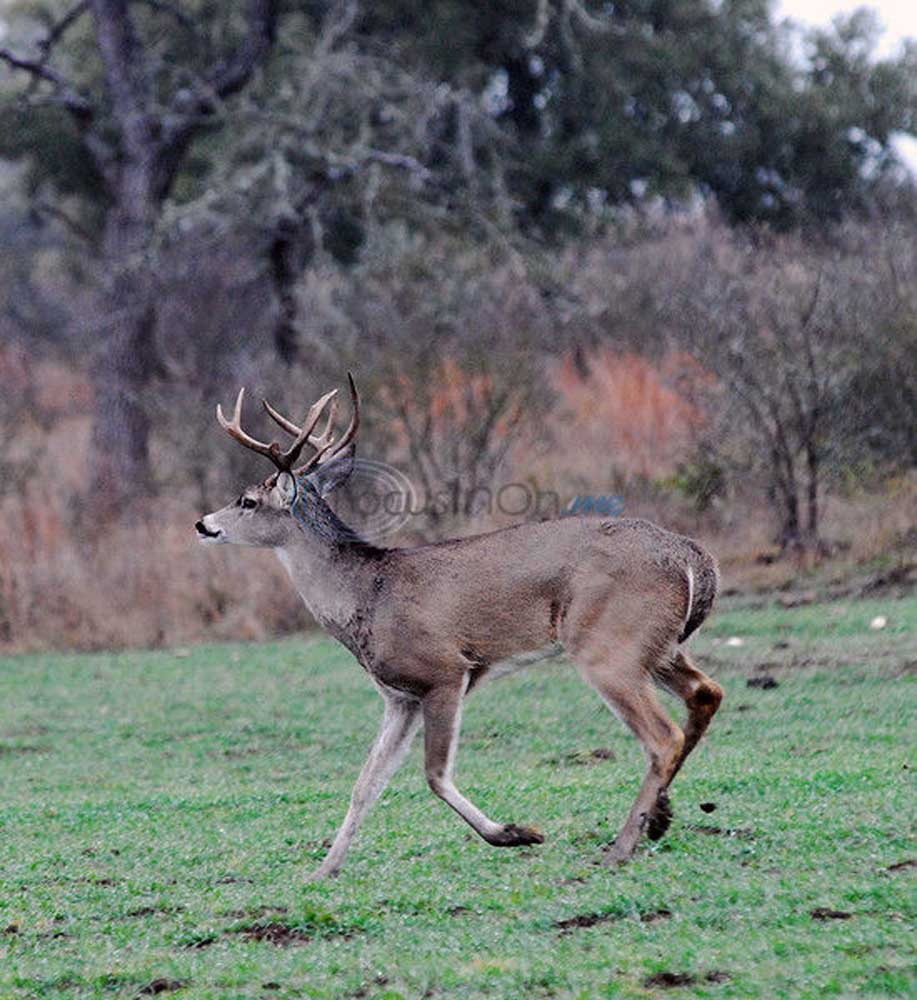2015-16 Texas Hunting/Fishing Licenses on sale
Published 7:40 am Sunday, August 16, 2015
Texas hunting and fishing licenses for 2015-16 officially went on sale Saturday. To hunters and fishermen that is the official end of summer and the beginning of fall.
The good news is that with the exception of the Federal waterfowl stamp, prices for state licenses and stamp endorsements will remain the same as they have since 2010.
Trending
For the 2014-15 license year Texas Parks and Wildlife Department sold more than 2.7 million licenses, stamps and permits, generating almost $93 million in revenue. That was an increase of about 1 percent in license sales and more than 2 percent in revenue.
Total hunting and fishing license sales alone last year were 2.39 million. That included 440,919 Super Combo packages, easily the most popular option. Last year’s Super Combo sales were an increase of 16,800 over the previous year. The $68 license includes both hunting and fishing licenses, and all the state stamp endorsements required for hunting and fishing.
Showing that Texans are well-rounded in outdoor activities, the number of Super Combo licenses sold easily tops the 300,886 resident hunting licenses and 229,489 resident freshwater fishing licenses sales – the second and third most popular options.
Combining all options, TPWD sold more than 1.2 million hunting licenses and more than 1.7 million fishing licenses last year.
Since 1925, Texas hunters have had to have a license. Sales of fishing licenses to fish on lakes and rivers began in 1927, but only for those fishing with artificial lures. Saltwater fishing licenses came about in 1957.
Showing how the state has grown, in the 1950s, Texas was selling just 10,000 more total hunting licenses than it sold Super Combos last year, about 450,000.
Trending
TPWD sold about 500,000 in the 1960s, but made a monumental leap in 1966 to 745,000.
Texas crossed the million-hunter mark in hunting license sales in 1982, and a year later overtook Michigan as the No. 2 state in sales behind Pennsylvania. In 1987 Texas sold more hunting license than Pennsylvania for the first time.
The three states traded places back and forth throughout the ’90s, but in the mid-2000s Texas again took the lead in sales and has not relinquished it.
Looking back at last year there was a slight decline in youth license sales, a change from recent years when youth numbers increased annually.
The number of licenses sold and the revenue it represents is important to TPWD because that is where most of the operating funds for Wildlife, Inland and Coastal Fisheries and even Law Enforcement divisions originate.
It is also the key to the amount of Federal reimbursement through the Pittman-Robertson and Wallop-Breaux funds the department receives to cover the remainder of those budgets.
“Texas is one of four states receiving the maximum statewide apportionment for Sportfish Restoration dollars from the U.S. Fish and Wildlife Service,” said Craig Bonds, Inland Fisheries Division director. “As a reminder, this is an excise taxes on fishing tackle and motorboat fuel collected by the Federal government and reimbursed back to the state fish and game agencies according to water surface area and number of fishing license sales.”
Unfortunately between 2010 and 2014 the amount of Federal funding for fishing programs shrank before moving up again this year, the opposite of what has been happening on the wildlife side.
“Overall, TPWD has seen a 120 percent increase in our Pittman-Robertson funds from 2012 until present,” said Matt Wagner, Wildlife Division deputy director. “Thirty-three million dollars was apportioned to us in 2015, the maximum amount based on the size of state and number of licensed hunters.”
Bonds explained that 47 percent of Inland Fisheries almost $9 million annual budget comes from Federal funds, while another 35 percent comes from license and stamp sales and the remainder comes from the state’s General Revenue fund. Staff salaries are an additional expense from the operating portion of the budget.
The Federal fisheries funds, which required a 25 percent match from the state, can be used for research, boat ramps, education, fish stocking and habitat enhancement.
Bonds added that Federal fisheries money coming to Texas is divided between Inland and the Coastal divisions.
“The Wildlife Division’s operating budget is about $6.5M annually, and approximately 42 percent of that is made up of Federal funds. Salaries for 300 employees are another $20.3 million annually of which about half is federally funded,” Wagner said.
Wildlife’s use of Federal funding also comes with restrictions. Wagner said some of the recent research projects funded have included identifying habitat features supporting eastern wild turkeys, the influence of agriculture on mule deer in the Panhandle and assessing the success of pronghorn restoration in the Trans-Pecos.
Knowing the excess funding is a short-term gain, the department has been using the extra money to purchase and expand wildlife management areas, conduct research with universities or participate in programs with organizations like the National Wild Turkey Federation.
The Federal waterfowl stamp went up for the first time since 1991. It will cost $25 this year.
Licenses can be purchased at a number of sporting goods stores or online by going to https://www.txfgsales.com/.
Have a comment or opinion on this story? Contact outdoor writer Steve Knight by email at outdoor@tylerpaper.com. Follow Steve Knight on Facebook at TylerPaper Outdoors and on Twitter @tyleroutdoor.







